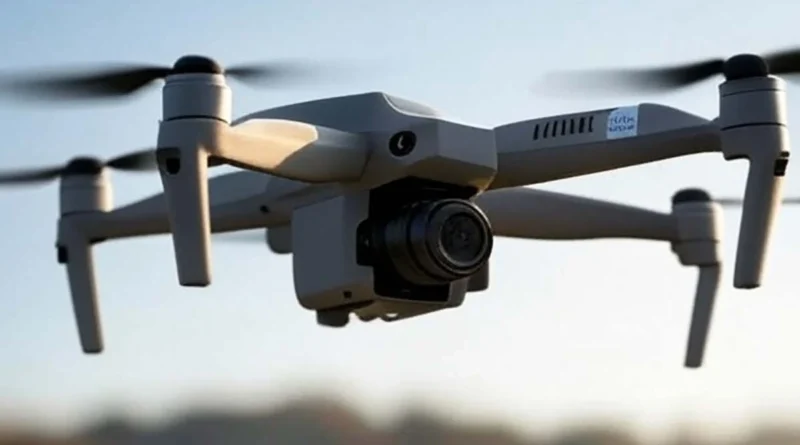“A Digital Border War”: Pakistan’s Self-Returning Drones Trigger New Tech Battle at India Border
A new kind of technological warfare is unfolding along the India–Pakistan border — one where signals and software have replaced guns and grenades. On the 532-km Punjab stretch of the international border, Indian security agencies have recently noticed an unusual pattern: Pakistani drones entering Indian airspace and suddenly turning back without completing their mission.
This is not a technical glitch. It’s a calculated move — part of Pakistan’s new “fail-safe” strategy, where drones are programmed to return to their launch point before they can be captured or shot down by Indian forces.
According to media reports, smuggling networks backed by Pakistan’s ISI have long used drones to ferry weapons, grenades, and drugs into India. While operations slowed down briefly after “Operation Sindoor,” they’ve resumed — this time, more intelligently and tactically.
A senior Punjab police official explained, “Most drones coming from Pakistan are now pre-programmed so that when our Anti-Drone Systems (ADS) jam their signals, they automatically switch to ‘home-base’ mode and fly back — without dropping their payload or leaving evidence.”
This new tactic serves Pakistan in two key ways:
- The drones don’t get caught, denying India physical evidence.
- Indian security forces cannot trace the exact control point or handlers of the drone missions.
Still, India is not behind. Three advanced anti-drone systems deployed across Punjab are proving to be effective. The Punjab Police claim that between 8 and 15 drones are detected daily, and most infiltration attempts are being foiled.
Though the drones often retreat, the message is clear: cross-border smuggling of drugs and weapons hasn’t stopped — it has evolved. The battle has now become a high-tech cat-and-mouse game of software upgrades and signal jamming.
To counter this growing threat, the Punjab government has deployed three mobile anti-drone systems under its “War Against Drugs” campaign. Eventually, nine such systems worth ₹51 crore will be deployed. The deployed ADS units have shown notable success.
In just the Bhikhiwind area, the Tarn Taran police have registered 12 FIRs, arrested several smugglers, and recovered:
- 4 pistols
- 75 bullets
- 5 magazines
- 3 kg heroin
- 500g of “ice” (crystal meth)
- 500g of opium
Where earlier, drones were tracked mainly through sound, police now get real-time data on a drone’s location, altitude, and speed.
Bhikhiwind DSP Preetinder Singh told media:
“Sometimes drones fly too high or too far for jamming to be effective. But with our detection systems, we’ve been able to recover many payloads and bust smuggling gangs.”
In short, not every drone can be brought down, but every flight is now being tracked. And this presents a deeper security challenge: India’s border protection must go beyond physical patrols and embrace deeper technological integration.
Drone technology is advancing rapidly. Just as Pakistan now deploys drones with “self-return” capabilities, future threats could involve silent propellers, stealth modes, or auto-landing tech. This is now the era of guarding “digital borders”, where technical capability is the new vigilance.
As the situation evolves, one thing is clear:
It’s not just about fences anymore — it’s about intelligence fences.
For Pakistan’s ISI-backed smuggling networks, this means facing a new challenge — India is now recording every signal, every flight, and every return. Even if a drone escapes, its return is proof that the fear across the border is growing — because every move is being watched, and every tactic is being exposed.

